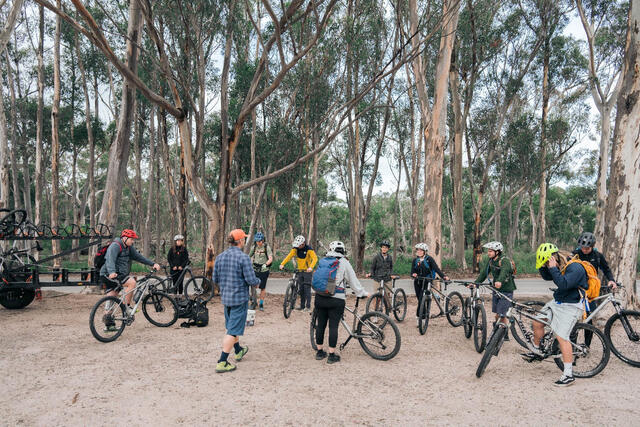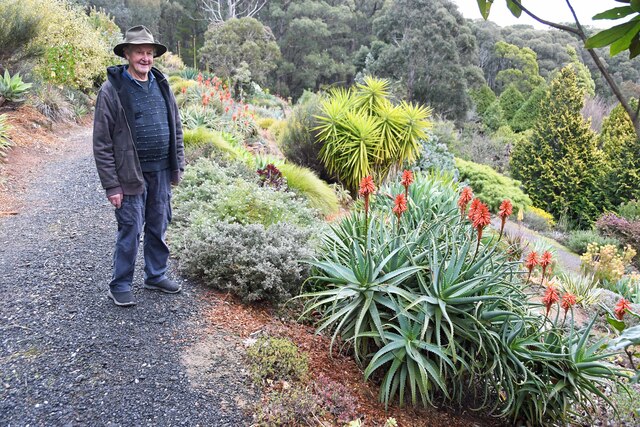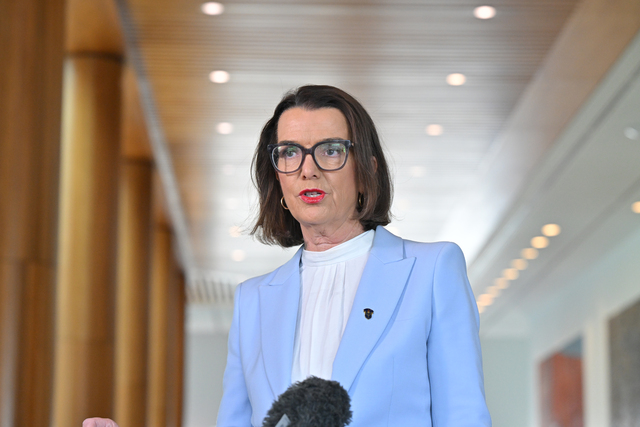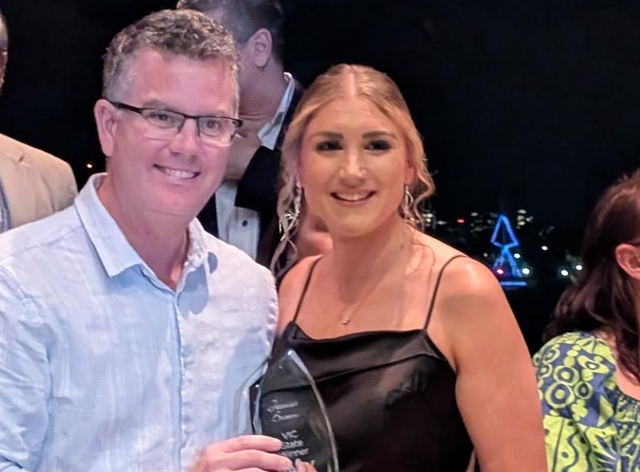By Casey Neill
YARRA Ranges spinner Marion Wheatland has raised more than $2000 towards preserving a unique piece of Australian history.
Ms Wheatland braved unpredictable weather on the world’s harshest continent in January last year to honour legendary Australian explorer Sir Douglas Mawson.
She took a spin on the ice with her wheel ‘Hero’ to make yarn outside the geologist’s huts at Cape Denison, in Antarctica, which she used to knit a replica of his balaclava.
“It is a faithful replica and a truly international garment,” she said.
“Spun in Antarctica, plied on the Southern Ocean, skeined in New Zealand, knitted in Australia by a Canadian person, and auctioned in Hobart.”
Ms Wheatland auctioned the garment for $1100 at a dinner in Hobart on 1 December celebrating 100 years since Mawson set out on the Australasian Antarctic Expedition. “This item is the only item of its kind ever offered at such an event,” Mawson’s Huts Foundation CEO David Jensen said.
“It really is a great personal effort.”
The cash went to the foundation’s work to preserve the huts, which costs $600,000 a year.
Ms Wheatland, who teaches spinning at Wandin’s Mont De Lancey, had also raised funds through guest speaking engagements, and will continue to champion the cause.
“It’s become part of me now. It’s part of my experience,” she said.
“It’s something that I’m passionate about.” The winning bidder was a sheep farmer who was sailing to Antarctica that night, and vowed to return the garment to where it all began. Family and friends of Mawson and other Antarctic explorers were at the Centenary Dinner, as well as Mawson’s Huts Foundation patron Governor-General Quentin Bryce.
“The whole evening was just totally fantastic,” Ms Wheatland said.
“It was wall-to-wall history.”
Mawson, Xavier Mertz and Lieutenant BES Ninnis sailed to Antarctica in 1911.
Ninnis fell down a crevasse with most of the supplies just 1000 kilometres into their final exploration in 1912.
Mawson and Mertz struggled back to base, scavenging what they could, but Mertz succumbed to vitamin A poisoning after the pair ate their dogs, leaving Mawson 210 kilometres to go alone. He made it back in time to see his ship home sailing away.
The captain had left six men behind in case Mawson returned and they were rescued a year later.
Mawson’s efforts earned Australia a claim to 42 per cent of the continent.
“It’s part of our national identity. It’s part of who we are as Australian people,” Ms Wheatland said.
“I might be Canadian by birth but I’m Australian by heart and I want to make sure that people are aware of Sir Douglas Mawson and his contribution to our country.”
Visit www.mawsons-huts.org.au or call Marion on 0409 250 969 to donate to the foundation.
Sale to support huts
Digital Editions
-
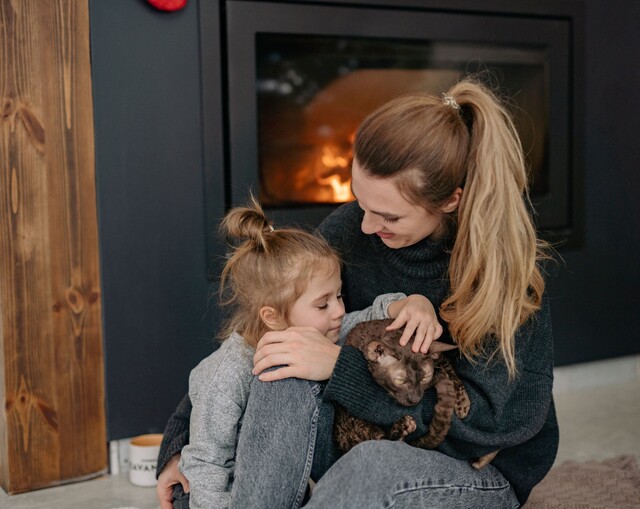
Get cosy with natural gas
“Get Cosy!” …… Year-Round Comfort Starts with a Gas Appliance Service There’s something reassuring about a warm and comfortable home. Whether it’s the first cool…


